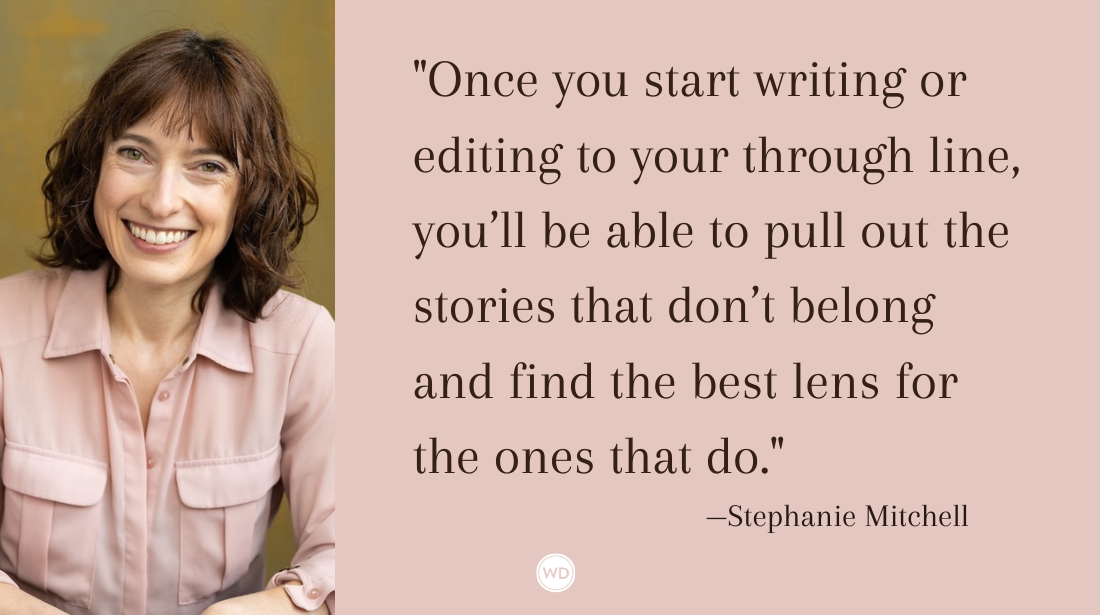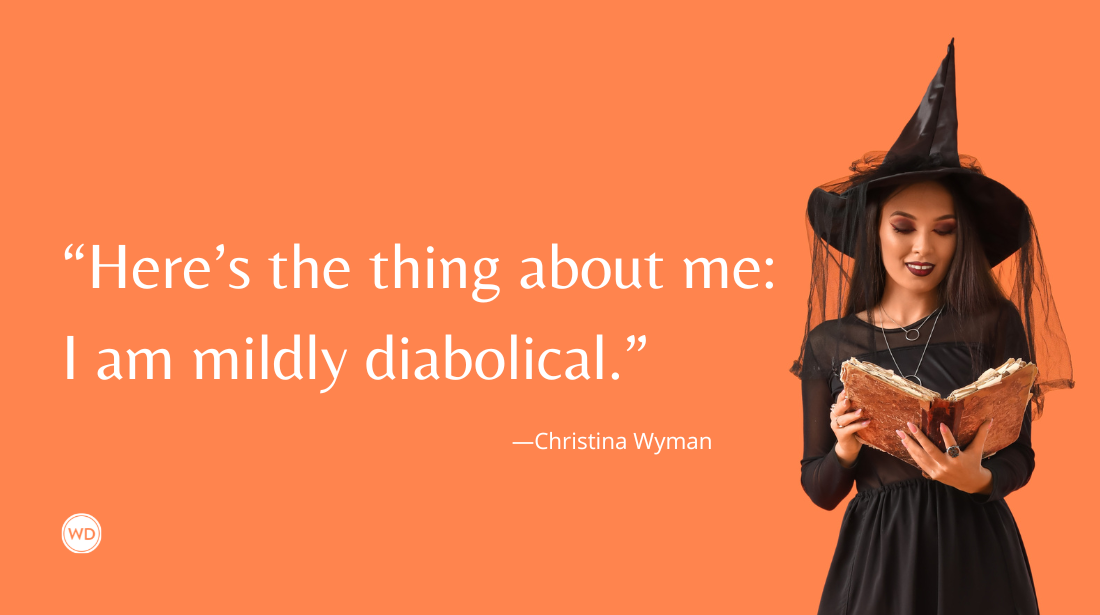In colonial times, both children and adults played games of skill and chance. Many games we would consider children''s games today were popular with adults, particularly if a gambling element could be introduced.
The amount of time a person could devote to recreation depended on whether they were rich or poor, the time of the year, and, if rich enough to allow leisure time, the burden of social and governmental obligations carried by the individual. In addition to the recreations listed here, dance, theater, music and literature were all popular pastimes.
- Billiards
Popular at taverns, which often had tables. More like today''s snooker than pocket billiards. At one end was a wicket of ivory, at the other a post called the king. Pockets were hazards. Scoring was for putting one''s ball through the wicket, brushing the king without knocking it over, or sending an opponent''s ball into the king or a hazard. The end of a shovel-shaped stick was held with the fingers to thrust the ball - Cricket
Bowler bowled underhanded; bat was J-shaped. Otherwise like today''s game, requiring much strategy, skill, quick thinking. Catching the fast-moving, hard, leather-covered, thread-wrapped cork ball with a bare hand is a typically English pastime. - Ninepins
A bowling game with nine pins and one ball, with the object to bowl exactly thirty-one pins. Overages required exactly nine to score; less than thirty-one lost. Rarely mentioned, but the nature of the references indicate that it was a popular game throughout the period. - Hoop and Stick
Wooden hoop about two and a half feet across, nine-inch sticks. Boys ran, driving hoop with stick. Girls threw the hoop from stick to stick between two girls, learning balance and movement within restrictive clothing. - Quoits
Wooden or rope circlets thrown over a post. Horseshoes was a common man''s version. Very popular. - Fives
Handball, played off a wall. May have been limited to the late period.
Dale TaylorAuthor
Related Stories









